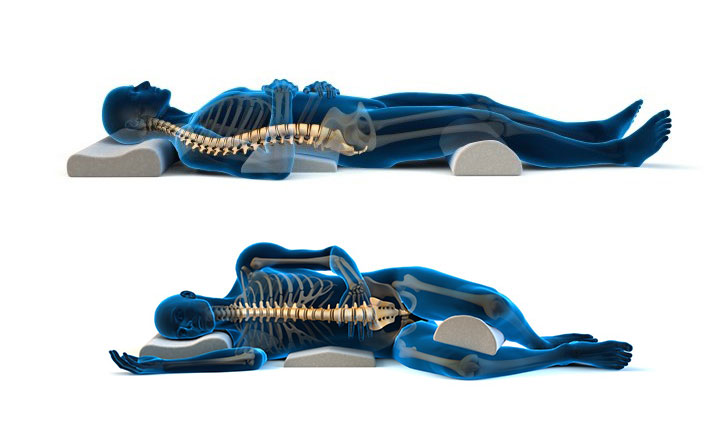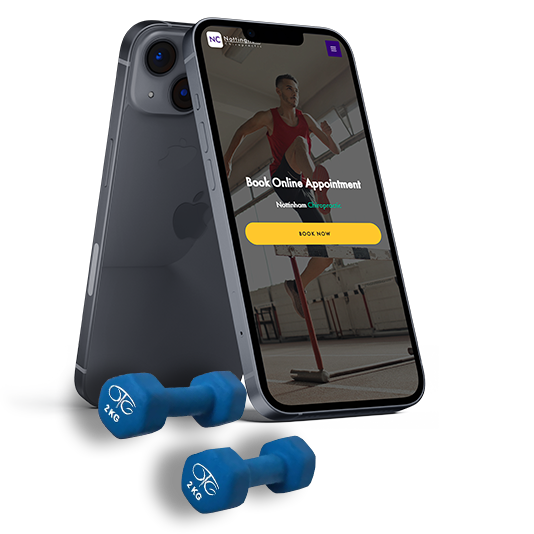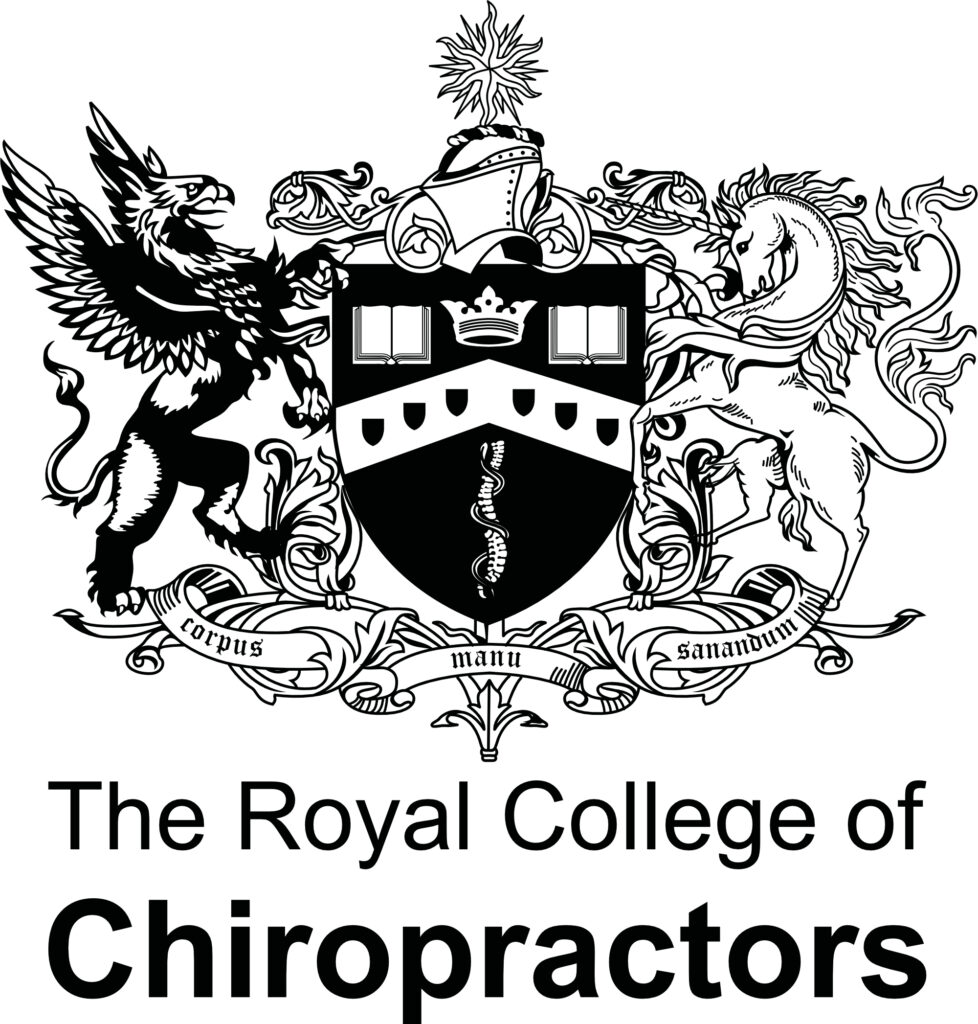Considering that we spend almost one third of our day in bed, your mattress and the position you sleep in may affect your lower back pain. The following tips may help you to reduce your lower back pain and get a better night’s sleep.
- Choose a mattress that provides medium or firm support, such as a traditional coil spring or adjustable airbed. Avoid waterbeds, thick pillow tops and soft, sagging mattresses. There is no correct mattress for everyone, it is what suits you as an individual.
- Always sleep on your back with a pillow either underneath your knees or on your side with a pillow between your knees. Avoid sleeping on your stomach to avoid hyperextending your spine, use a small flat pillow underneath your stomach to avoid this.
- Keep your neck and back covered while sleeping to avoid drafts that could cause potential muscle spasms.
- Mattresses wear out; replace your mattress at least every 8-10 years for full support.
- Lying on the back causes the low back to flatten to the mattress causing spine flexion. Many people have flexion-triggered pain making back sleeping painful. Pain will increase your sensitivity to more pain during the day – eliminating pain while lying will help wind down your pain sensitivity.
Adjustable products such as the PropAir sleeper may be beneficial for those who have flexion-triggered pain (PropAir sleeper).
What should I do if these tips don’t work?
If despite these tips you are still in a lot of pain and having difficulty sleeping, then it may be time to seek professional help. If in doubt, get it checked out! Call 01962 622806 to book in an initial consultation with one of our chiropractors.








